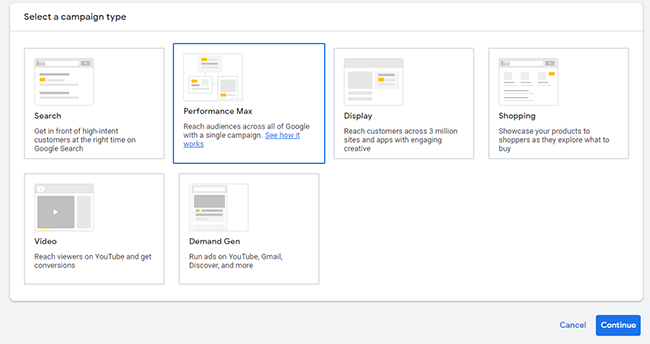content
Today, keywords in digital marketing can be compared to the Schrödinger’s cat effect: they thrive and die at the same time. Until recently, search keywords were the main component in building marketing strategies, but today visual content has a greater impact on the user, so the mechanics of search keywords have changed somewhat. The history and evolution of keywords deserve a detailed analysis, and the conclusions about their further development or decline will be left to the readers of the ADV Advantage blog.
Briefly about the history of keywords
In the past, the wording of keyword pairs was very much dependent on a specific idea – user requests. For example, the search queries “dog walking”, “dog walker”, and “walk the dog” were distinguished by the search engine as separate ideas, meaning that the user received more accurate relevant results. Since keywords, along with the bid and quality score, are a tool for generating search results, differences in their wording had a major impact on getting into the auction and, as a result, on the success of the marketing strategy.
There are main types of keyword matches:
- Broad is when only part of the idea matches the query;
- Modified broad (RIP) – the words of the query and keywords must match in an arbitrary sequence;
- Phrase – the keyword phrase should not be interrupted by other words;
- Precise – the most accurate keyword entry activates the auction.

In 2016, Google Search removed the right column of the search page and introduced the idea of relevant keywords that are “close in meaning”. At this stage, advertisers were no longer required to bid on abbreviations or misspellings, and the system’s reports displayed the type of match “close” or “more similar,” meaning that advertisers could see which words were most profitable (ROI) and which options were unprofitable in a marketing campaign.
Later in 2018-2019, the idea of close keyword variants and the fashion for broad match finally started the process of destroying the essence of keywords that was laid down at the beginning. A few years later, broad match regained a large audience, and the phrase and exact match became equivalent among advertisers.
While search keywords were undergoing a significant transformation, audience-oriented keywords became more commonly used in display advertising and had the following functions:
- Topic and Content Targeting – bidding on placement if there is a match to the content of the keyword;
- Custom Intent – placing bids if the audience has certain search characteristics or shows interest in the keywords required by the advertiser;
- Audience Signals – audience signals based on the desired words, which is relevant for marketing campaigns such as PMax.

Negative keywords have a similarly positive effect, as advertisers can more accurately customize their targeting by blocking traffic coming from unwanted negative keywords. Interestingly, negative words do not acquire the properties of close variants.
There are the following types of negative keyword match:
- Broad – the ad is not included in the auction if the excluded words are in any order;
- Phrase – the ad is not included in the auction if the order of the negative words is preserved;
- Exact – it is assumed that the exact occurrence of a negative keyword blocks the ad from entering the auction.
The present tense of keywords
The importance of using keywords in forming a marketing strategy is that they serve as the basis for certain areas of SEO and PPC, i.e. they can be used to formulate a bidding strategy and create content.
In contrast, a search term report hides search queries, as privacy issues come to the fore. The marketer has to guess the most effective keyword concepts, predicting traffic and overall campaign performance. In addition, the Performance Max campaign type analyzes keywords only as a signal to the audience.

The relevance of keywords to search results is only maintained by brands that want to communicate with customers at every stage of the customer journey to conversion, as well as advertisers that are forced to work with keywords due to outdated marketing functions that need to be maintained.
The future of keywords
In the future, the emphasis will shift from keywords to audiences and ways of working with them. Customer focus in building marketing strategies can involve two methods: shopping campaigns and local advertising of services.
A shopping campaign involves the work of the Google algorithm, which looks for a match between the needs of users and the content of the pages of the brand being promoted. The match is based on the name, description, and category of the product offered.
The local services ad type completely eliminates the use of keywords, but takes into account reviews, location, and the relevance of the query to the type of service offered.
These types of ads are characterized by a high return on investment (ROI) and make it clear that understanding relevance is much more important than the search keywords themselves.
Although the future of keywords in paid search does not look so optimistic, their relevance still remains, especially when combined with PPC and SEO. However, working with audiences and feed-based campaigns is the future of digital marketing and a reality that everyone who wants to succeed in promoting a B2B or B2C business must take into account.
Subscribe to our newsletter
